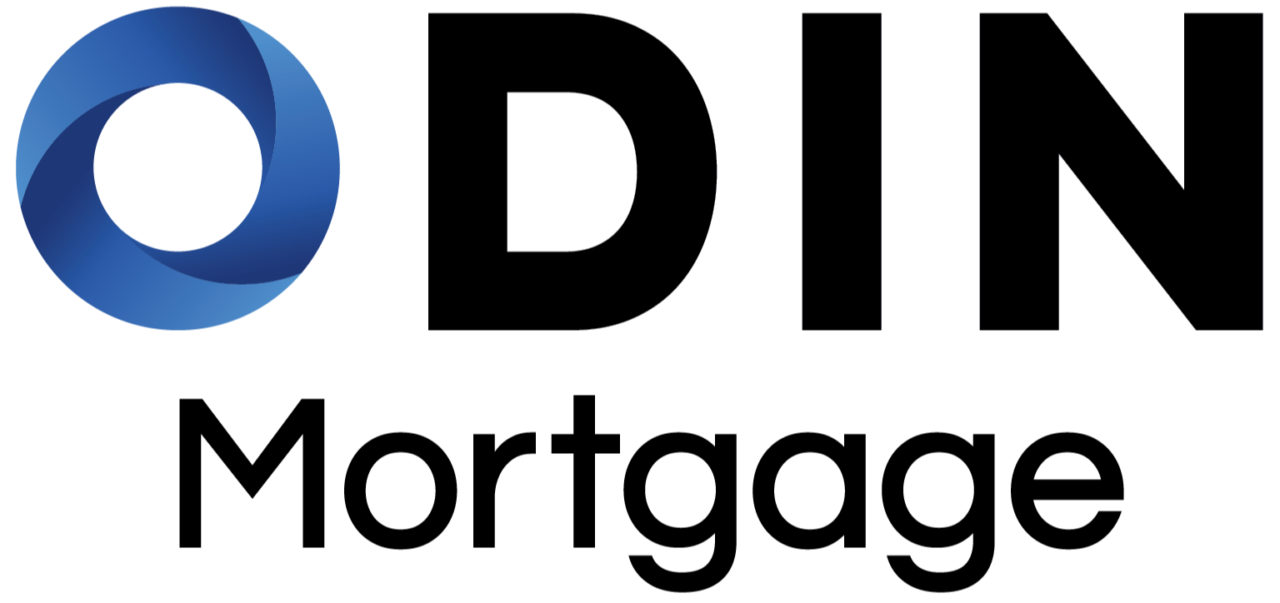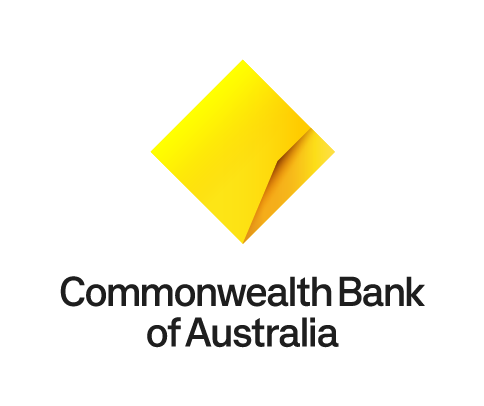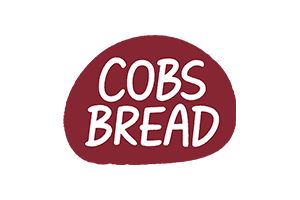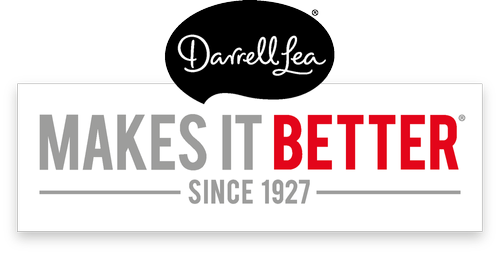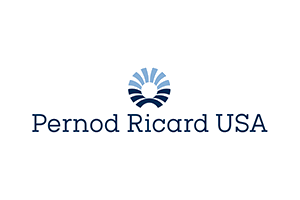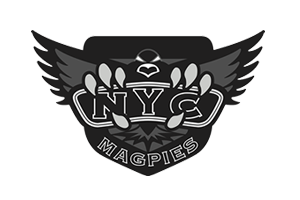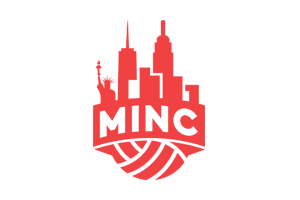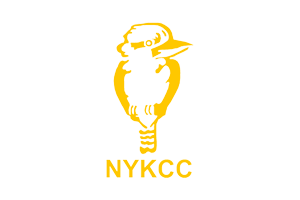Do you want to study full-time in the US? If you plan to study a vocational or non-academic program, you need an M1 visa. Read this guide to learn about the M1 visa rules, find out if you're eligible, and how to apply for it.
Everything you need to know about the M1 Visa
- What is an M1 Visa?
- What are the M1 Visa Rules and Requirements?
- What Documents Do I Need to Enter the US on an M1 Visa?
- How Long Can I Stay in the US on an M1 Visa?
- How Long Can I Stay in the US Once I've Completed My Course?
- Can M1 Visa Holders Extend Their Stay?
- What Happens if M1 Visa Holders Overstay Their Visit?
- How Much Does an M1 Visa Cost?
- What is the M1 Visa Processing Time?
- How Do I Apply For an M1 Visa?
- What Questions Will I Be Asked at My M1 Visa Interview?
- How Do I Extend My M1 Visa?
- Recommended M1 Visa Lawyers
- More Information About the M1 Visa
- Frequently Asked Questions About M1 Visas
What is an M1 Visa?
The M1 visa allows you to enter the US as a full-time student of a vocational or non-academic course other than language training.
Examples include mechanics, culinary, or cosmetology courses, typically offered at a US community college or specialty college.
The M1 is a nonimmigrant visitor visa, meaning you must return home once you've completed your course. You often see the M1 visa referenced alongside the F1 visa because they're different categories of student visas.
What are the M1 Visa Rules and Requirements?
To be eligible for the M1 visa, you must:
- Be enrolled in a vocational or non-academic program (other than a language program) at a United States school approved by the Student and Exchange Visitors Program (SEVP),
- Be a full-time student,
- Be proficient in English or be enrolled in a course that leads to your English proficiency,
- Have sufficient personal funds to cover your educational, living, and travel expenses in the US for the duration of your course,
- Have a residence and ties to a country outside the US that you intend to return to once you complete your course.
To maintain your M1 status while in the US, you must also:
- Pass your course work each semester,
- Maintain the full course load of twelve semester or quarter hours per academic term, or the full course load required for your program,
- Pay your tuition fees on time.
Under the M1 visa rules, while in the USA you're not allowed to:
- Work for a US employer during your studies. The exception is doing practical training upon completing your course, with approval from your school and work authorization from the United States Citizen and Immigration Service (USCIS).
- Undertake study credited towards a degree,
- Enroll in a student or exchange visitor program.
Learn more about the M1 visa rules and regulations here.
When Can I Enter the US on an M1 Visa?
You can enter the US up to 30 days before the program start date listed on your Form I-20, Certificate of Eligibility for Nonimmigrant Student Status.
What Documents Do I Need to Enter the US on an M1 Visa?
When you enter the US on an M1 visa, bring the following in your carry-on luggage:
- Valid M1 visa and passport,
- Form I-20,
- Acceptance letter from your SEVP-certified school,
- Evidence of personal funds to cover your educational, living, and travel expenses in the US for the duration of your course,
- Name and telephone number of your Designated School Official (DSO),
- Address of your residence while studying in the US,
- If applicable, documents for your spouse and dependants: valid M2 visa and passport, Form I-20.
How Long Can I Stay in the US on an M1 Visa?
Your M1 visa allows you to stay in the US for up to one year to complete your studies and any practical training required after course completion.
However, you can request an extension to your stay if you need longer.
How Long Can I Stay in the US Once I've Completed My Course?
On an M1 visa, you must depart the US within 30 days after the program end date listed on your Form I-20, including any authorized practical training.
Remember, the latest date you can stay in the US is the “admit until” date listed on your I-94.
Can M1 Visa Holders Extend Their Stay?
Yes! You can extend your stay for up to 3 years from your original course start date plus 30 days.
Reasons for extending your stay can include: your course is longer than one year, medical reasons, or you're required to do practical training upon completion of your course.
What Happens if M1 Visa Holders Overstay Their Visit?
Do not overstay your M1 visa under any circumstances.
If you fail to depart the US before your authorized date, you're considered out of status. Your visa is automatically voided, and you may be ineligible for a US visa in the future. If you're an M1 visa holder and at risk of overstaying while in the US, get help from your DSO or an immigration attorney.
How Much Does an M1 Visa Cost?
There are several components to the M1 visa fee:
- $350 I-901 Student and Exchange Visitor Information System (SEVIS) fee,
- $160 application fee,
- $105 visa issuance fee.
What is the M1 Visa Processing Time?
The overall time it takes to get an M1 visa includes first obtaining proof of acceptance from the school and registering with Student and Exchange Visitor Information System (SEVIS). Then the wait time for a visa interview plus visa processing time.
Wait times for visa interviews at a US Embassy or Consulate vary by location. Check the estimated wait times here.
The current wait times around the world vary. In some locations (but surprisingly, not all!), wait times are lengthy. This is an unfortunate reality due to COVID-related backlogs.
You can try to secure an earlier appointment, by filling out the DS-160 online and paying the fee. Then check regularly (daily) for new appointments opening up due to cancellations.
Once you complete your interview, the M1 visa processing time is typically under 30 days.
For information on visa locations, reviews of experiences, ratings, and feedback go to the America Josh US Visa Location Guide.
How Do I Apply For an M1 Visa?
Before applying for an M1 visa, you must be accepted and enrolled in a Student Exchange and Visitor Program (SEVP) certified US school.
- Obtain Form I-20, proof of acceptance from the school
This is the Certificate of Eligibility for Nonimmigrant (M-1) Student Status – For Vocational Students.
- Register with SEVIS.
The Student and Exchange Visitor Information System (SEVIS) is a database for nonimmigrant students and exchange visitors in the US.
The Department of Homeland Security (DHS) uses SEVIS for tracking and monitoring purposes.
To register with SEVIS, create an account here. Your SEVIS identification number is on Form I-20, starting with the letter N and followed by ten digits.
Pay the $350 SEVIS I-901 fee. You'll receive an electronic payment confirmation as proof of payment.
Then apply for an M1 visa at a US Consulate or Embassy outside the US: - Complete an online M1 visa application
If you're applying within Australia, register and create a profile with the US Department of State here.
Apply for an M1 visa online using Form DS-160. - Pay the fee
Pay the $160 M1 visa application fee. You'll receive an electronic payment confirmation as proof of payment.
- Upload the required documents online, as a minimum
Completed Form DS-160, Form I-20, SEVIS I-901 payment receipt, visa application payment receipt, passport with at least six months validity, passport photo, educational certificates, proof of your ability to fund your educational, living, and travel expenses, e.g., a bank statement, evidence you intend to depart the US after your trip, e.g., a return plane ticket, proof of ties to your home country.
- Schedule an interview at a US Consulate or Embassy outside the US
M1 visa applicants between the ages of 14-79 require an interview. However, they generally aren't required for applicants below 13 or above 80.
Schedule an interview at a US Consulate or Embassy here. - Attend an interview at a US Consulate or Embassy outside the US
Bring all uploaded documents, Form I-20, DS-160 confirmation page, appointment letter, and all payment receipts to your interview.
It's a good idea to bring relevant academic documents to support your application for a student visa, such as transcripts, diplomas, degrees, and standardized test scores.
At your interview, a consular officer will assess your M1 visa application. Your fingerprints will be taken. You'll be advised if further administrative processing is required.
There's a $105 visa issuance fee when your visa is approved.
Track the status of your M1 visa application on the US Consular Electronic Application Center (CEAC).
You can either receive your passport with your M1 visa stamp by mail or pick it up in person from the Consulate officer. The typical processing time is 30 days.
Learn more about how to apply for an M1 visa here.
What Questions Will I Be Asked at My M1 Visa Interview?
The purpose of the M1 visa interview is for the Consular Officer to verify the information in your application and supporting documents is true and correct.
You'll be asked questions about your study goals, the course/program, previous work and study experience, finances, and family members.
Here are some commons questions you can expect during your M1 visa interview:
- Why do you want to study in the US?
- Why did you choose this college/institution?
- Did you apply to any other colleges and if so, how many and which ones? Did you get any other acceptances?
- What course will you be studying, and why did you select it?
- Is your course full-time? Tell me about the course load.
- Does this course relate to your previous study or work, and if so, how?
- What are your plans once you've completed this course?
- Are you planning to stay in the US after you’ve completed your course?
- Where do you see yourself in a few years?
- How are you paying for your tuition?
- How will you cover all your expenses while studying this course in the US?
- Do you have any student loans? Did you have to take out any student loans to pay for this course?
- Tell me about your family. What do your parents do for a living? Do you have any siblings?
- Do you have any friends or relatives in the US?
- Do you have a spouse or children, and if so, will they be coming to the US with you?
- Do you have a boyfriend/girlfriend/romantic partner?
- What will you do if your student visa application is rejected?
Follow these tips for your M1 visa interview:
- Try to stay calm and relaxed. The Consular Officer is just doing their job. In most cases, if you've been accurate and honest in your application, everything will be fine and the interview will be straightforward.
- Smile and be friendly. Convey your enthusiasm for the program you'll be studying. Make it clear why you're interested in this course and how it's relevant to your life back home.
- Answer the questions honestly. If you don't understand the question or are unsure, say so! Share what you DO know.
- Make sure you've brought all relevant supporting documents with you, well organized, and refer to them during your interview.
- Emphasize your plans to return home after you complete your studies, and refer to supporting documents that clearly show your ties to your life, family, and friends back home.
How Do I Extend My M1 Visa?
To request an extension to your M1 visa, first, you need a new Form I-20:
- Talk to your DSO as soon as possible if you need to renew your M1 visa. Your DSO must file an extension request in SEVIS up to 60 days (but no later than 15 days) before your program end date listed on your Form I-20.
- You need evidence to justify the extension, such as educational or medical.
- You must also provide proof of personal funds to cover your expenses in the US for the extension period.
Then once you receive a new Form I-20, renew your M1 visa by applying for an extension of stay with USCIS:
- File Form I-539 online up to 60 days (but no later than 15 days) before your program end date listed on your original Form I-20.
- Compile and upload supporting documents to explain the visa renewal, including the documents required for your original visa application, the updated Form I-20, plus the evidence provided to obtain your new Form I-20.
- Pay the filing and biometrics fees.
- If you’re renewing an M1 visa that’s still valid in order to complete your course, you’re generally eligible for an interview waiver.
If your request to extend your M1 visa is successful, you'll receive an updated I-94.
Learn how to file an extension to your M1 visa here.
Recommended M1 Visa Lawyers
For professional assistance, the following legal and immigration specialists are recommended:
Doug Lightman from Lightman Immigration
More Information About the M1 Visa
Are you already studying in the US on an M1 visa? Refer any questions about the rules and requirements of your visa to your DSO.
Get the basics of M1 visa rules and how to apply here.
Learn more about studying in the US here.
Find out about SEVIS here.
For comprehensive and well-organized information about M1 visas for Australians, check the US Visa Information Service for Australia.
Frequently Asked Questions About M1 Visas
Here are some common questions about M1 visas:
The Visa Waiver Program (VWP) allows you to enter the US for up to 90 days as a tourist.
So on the VWP you can take a short course for fun, such as a 2-hour “The Secret to Making New York Pizza” course.
But for any academic, vocational, or language-training program credited towards a US degree or academic certificate, you need a student visa. The type of course and school you plan to attend determine whether you need an F or an M visa.
The M1 visa is specifically for students of any vocational program credited towards a US degree or academic certificate. An M1 visa holder typically studies at a US community college.
The F1 visa is specifically for students of any academic or language training program credited towards a US degree or academic certificate. An F1 visa holder typically studies at a US college/university, private secondary school, or an approved English language institution. If you wish to go on and study at a US university after you’ve completed your vocational training on an M1 visa, you will need to leave the US and apply for an F1 visa.
The B1/B2 visa allows you to travel to the US for business or tourism for up to 180 days.
The J1 visa allows you to enroll in a student or visitor exchange program.
If you're on a B1/B2 or J1 visa and do a short course relevant to the purpose of your visit, not credited towards a degree or certificate, you're probably OK. If in doubt, speak to an immigration attorney.
Yes! Form 160, the application form for a nonimmigrant visa, includes a question to collect all your social media identifiers/handles (though not your passwords) on the platforms specified.
Could posting on social media jeopardize your M1 visa application? Possibly. An immigration attorney can give a definitive answer.
However, remember that the consular officer at your interview will evaluate ALL the information you've supplied to determine your eligibility for an M1 visa. So if any part of your application is at odds with the M1 visa requirements (including fraudulent answers and malicious intent), you may be denied. Or worse, you could face legal strife with US authorities.
So be smart about what you post online and be honest in your M1 visa application. If you have specific questions about studying in the US, speak to an immigration specialist directly about your situation.
No. You can't work a regular job while studying on an M1 visa.
However, after completing your course, you can undertake work for the purpose of practical training, with approval from your school, including a Form I-538 certification from your DSO.
You must also submit Form I-765 to obtain a work authorization document (EAD) no more than 90 days before the program end date. The EAD authorizes you to do a month of practical training for every four months of full-time study completed, with a limit of six months of total practical training.
No. That's because the M1 visa is a temporary, nonimmigrant visa. Under the M1 visa rules, you were approved to study a specific course with the intention of leaving the US afterward.
But what if your circumstances change, e.g., you're offered a job at the end of your course? You can apply for an adjustment of status to a category that authorizes you to work in the US. You’ll also need to apply for an appropriate work visa.
The M1 visa is a nonimmigrant visa, meaning you don't intend to stay in the US once you've completed your studies.
However, if your situation changes while you're in the US, such as marrying a US citizen, there's a pathway to convert from an M1 visa to a green card. First, you must request a change in your nonimmigrant status to another category. Consult an immigration attorney for help with this.
Yes! Under the M1 visa rules, your spouse or family members can live in the US with you while you're studying on an M1 visa.
They must also enroll in SEVIS, obtain an individual Form I-20 from your SEVP-approved school, and apply for an individual M2 visa.
The US no longer requires vaccinations for temporary visa holders. However, the school you're studying at will likely have its own policy and rules around mandatory vaccinations.

